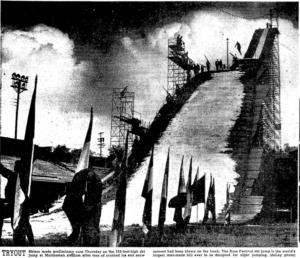
How did three US Olympic hopefuls rank on the largest-ever man-made night ski-jumping structure? (in Portland, Oregon, in 1951)
The 1951 Rose Festival was building up to the 1952 Oslo Winter Olympic Games by hosting an international ski jump competition: The Golden Rose. During the summer of 1951, a 155-foot-high structure designed by engineer Peter Hostmark rose in the Portland skyline above Multnomah Stadium (today’s Providence Park). The 15-story-high structure was covered with 200 tons of snow and was intended to promote winter sports at Mt. Hood. The newspapers called it the largest man-made hill built for night ski jumping.
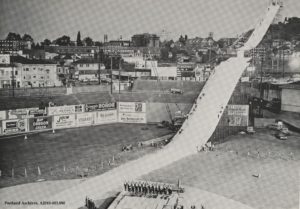
Among the 19-man field of A-class jumpers were three who qualified for the United States Olympics team. They hurtled down a 35-degree incline on a surface of finely ground ice to catapult high above the stadium roof in front of a crowd of 23,024 spectators. (The event proved so popular that the jump was rebuilt in 1953 to host the International Ski Jump Competition.)
The three qualifiers were:

Keith R. Wegeman (3rd)
12th place in Olso, placing best among Americans. This native of Denver started skiing at age three.
(known as the “Jolly Green Giant”, later technical director at Squaw Valley in the 1960 Olympics and inducted into the Colorado Ski and Snowboard Hall of Fame in 1989. Link: Video of Top Seven Facts about Keith R. Wegeman.)
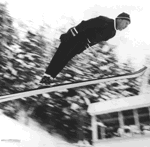
Arthur E. (Art) Tokle (4th)
18th place in Oslo
(Norwegian-born American ski jumper who competed for the USA, inducted into the Ski Hall of Fame in 1970, and technical director for the US team in the 1980 Winter Olympics.)
Video of Art Tokle in Colorado “King of American Ski Birds”
Willis S. (Billy) Olsen (5th)
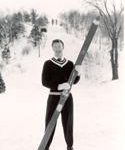
The young American came in 22nd place in Oslo, 43rd place in Cortina d’Ampezzo in 1956. Known in ski jumping circles as Billy the Kid.
(inducted into the US Ski and Snowboard Hall of Fame in 1972)
Side Note:
Torbjørn Falkanger (2nd)
A young Norwegian who came in second to his fellow countryman Christian Mohn in Portland, Oregon ended up earning a silver medal in the 1952 Winter Olympics in ski jumping.

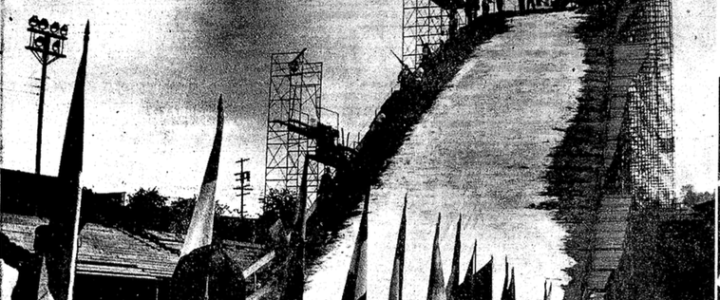
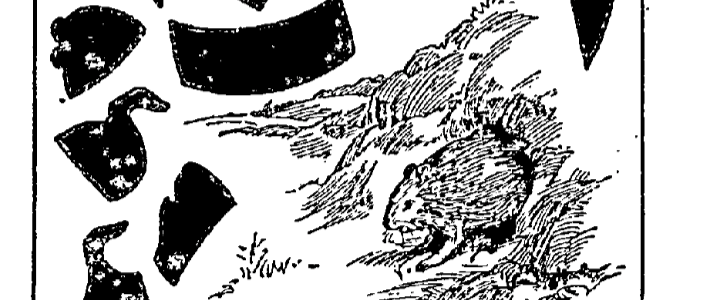
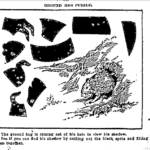
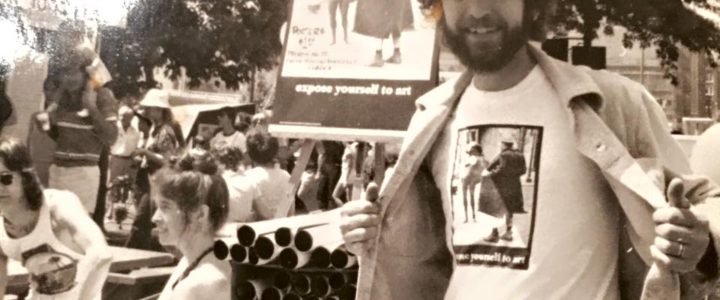

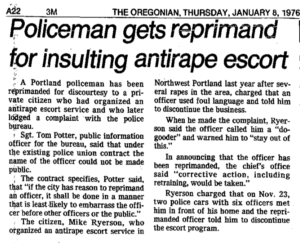
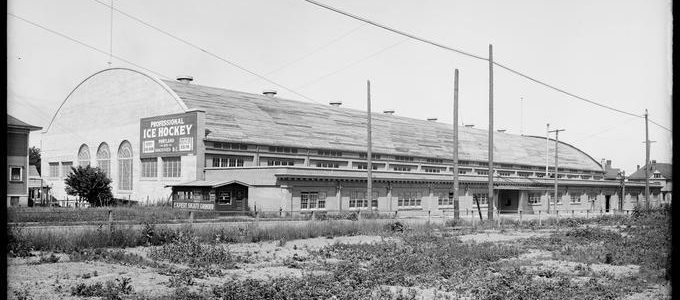

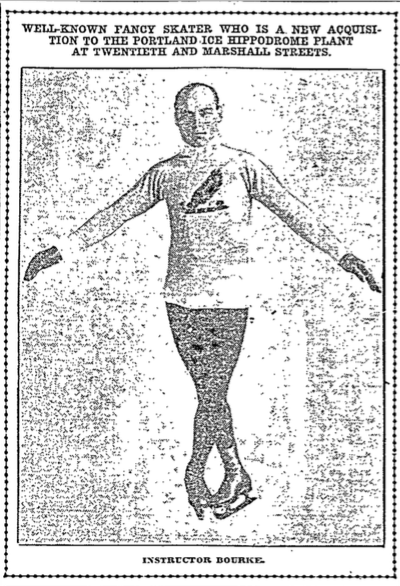
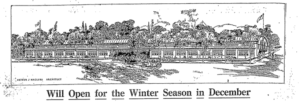
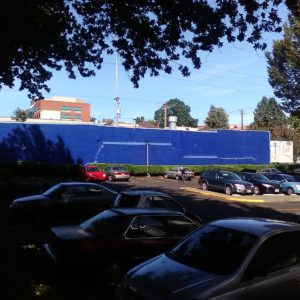
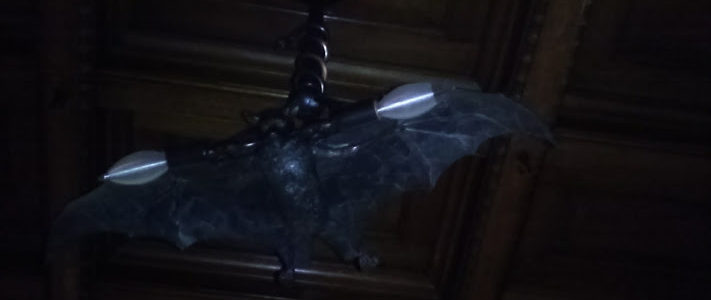
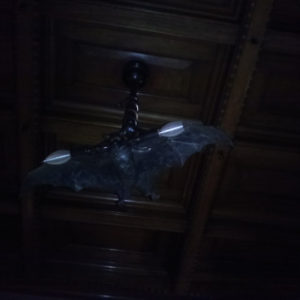
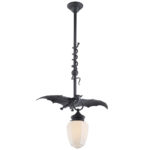
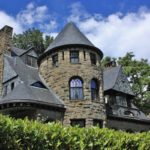
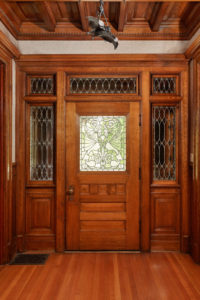
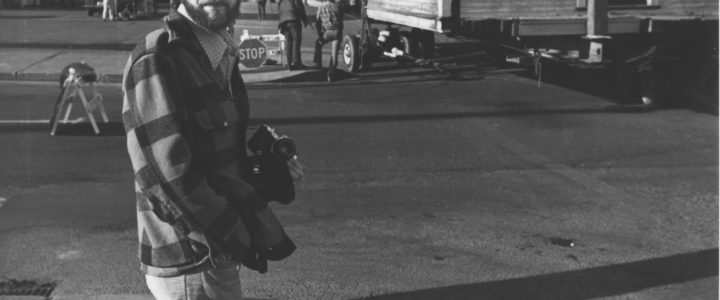
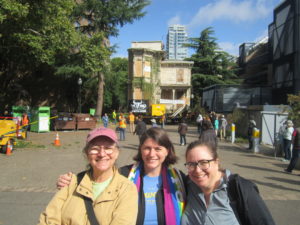
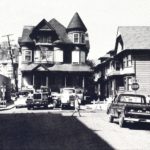
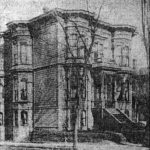
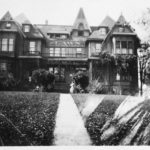
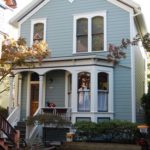
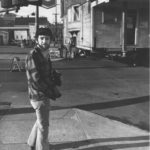
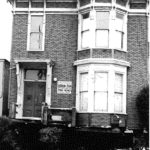
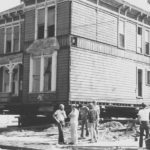
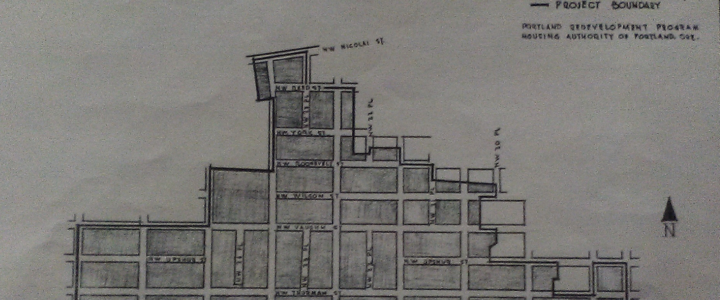
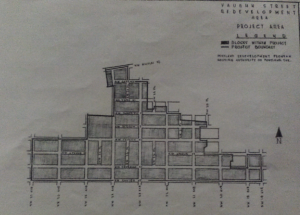
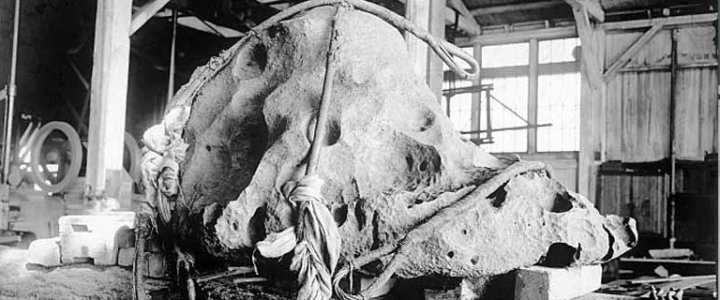
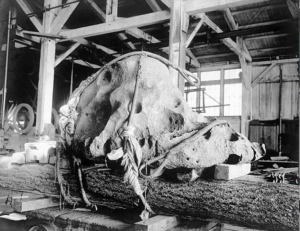
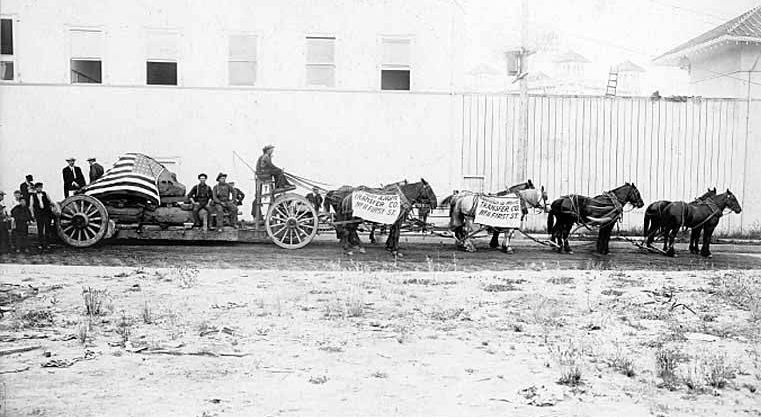
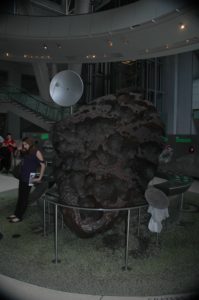
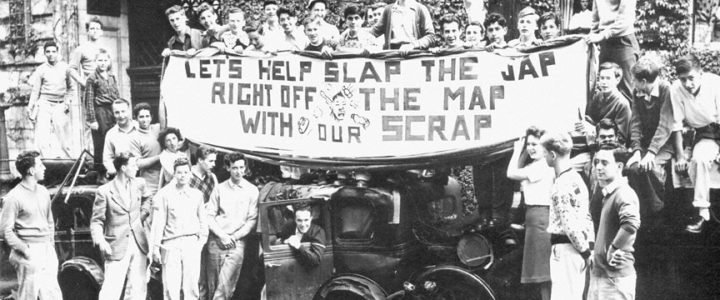
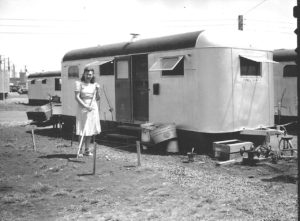
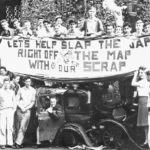
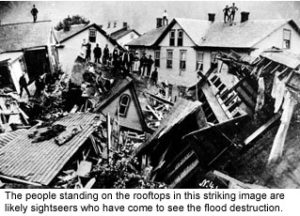
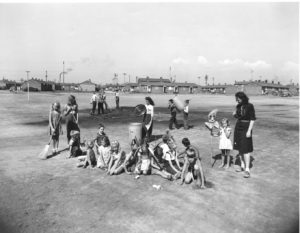
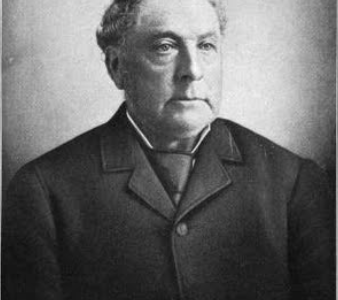
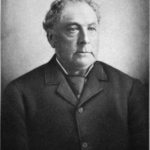 Sherlock Street is a short street in Northwest Portland named for an Irish immigrant. William Sherlock was born in Newross, Ireland, in 1817; he arrived in Portland, OR in March of 1850. This early Portland pioneer was a horse aficionado and operated a livery business (hackney cabs). His mansion was located on NW 21st in Nob Hill but the street named for him is close to the river, near the edge of his 45-acre site known as Sherlock’s Addition. He was often seen around town with one of his eleven children, and was able to retire in 1876 (died 1901, estate settled 1903). William Sherlock owned the land where the Sherlock Building stands today.
Sherlock Street is a short street in Northwest Portland named for an Irish immigrant. William Sherlock was born in Newross, Ireland, in 1817; he arrived in Portland, OR in March of 1850. This early Portland pioneer was a horse aficionado and operated a livery business (hackney cabs). His mansion was located on NW 21st in Nob Hill but the street named for him is close to the river, near the edge of his 45-acre site known as Sherlock’s Addition. He was often seen around town with one of his eleven children, and was able to retire in 1876 (died 1901, estate settled 1903). William Sherlock owned the land where the Sherlock Building stands today.